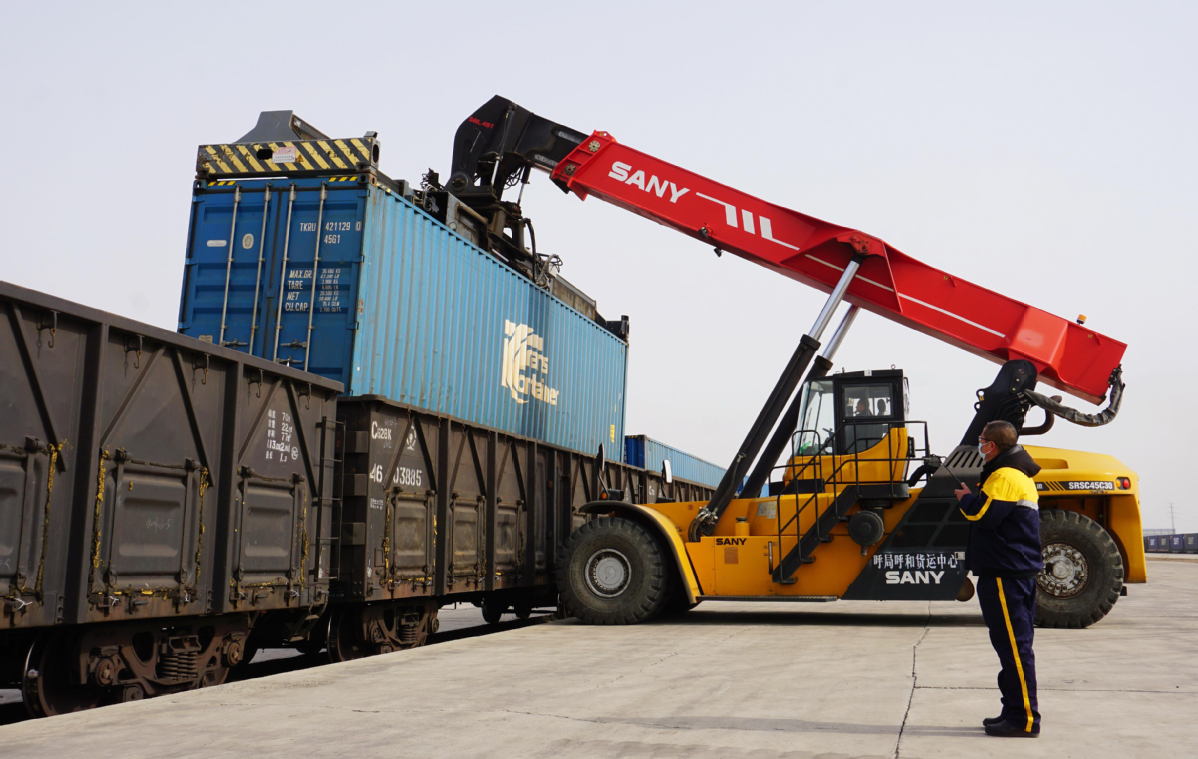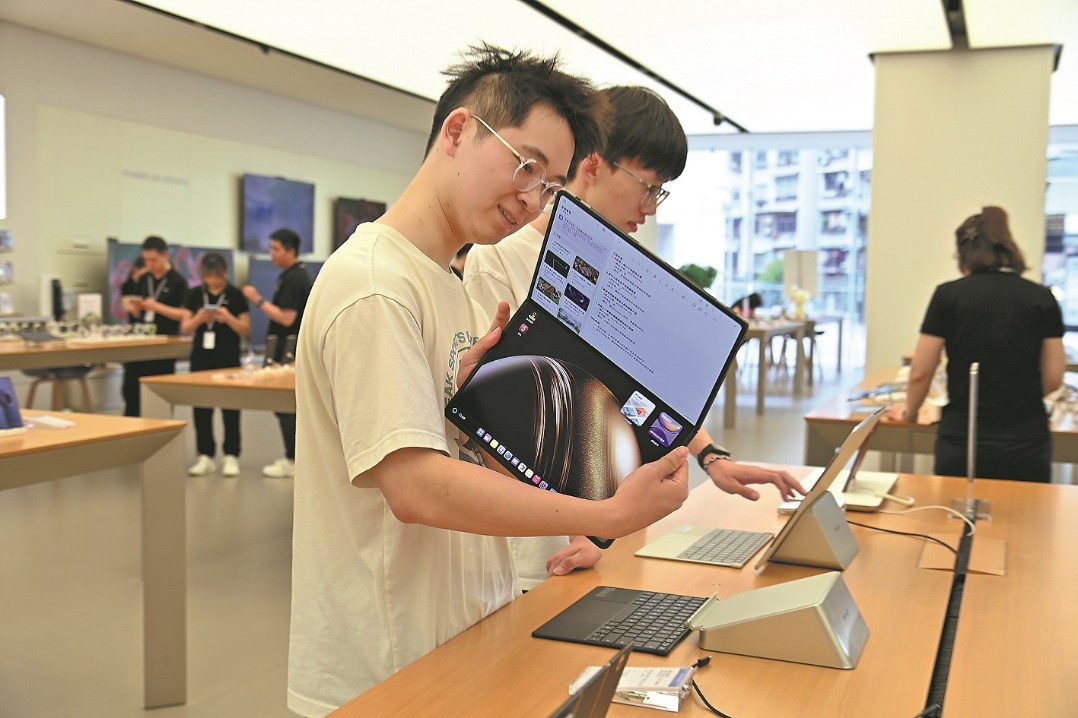Post-virus rebound likely in economic activity


The novel coronavirus epidemic is expected to cause a temporary reduction in Chinese and global economic activity.
But I am optimistic that the virus will be contained at some point in the next two to three months, and then with a lag, there is likely to be a significant post-virus rebound in economic activity.
Though global concerns have risen about the virus, the general view embedded in the world's financial markets is that the disruption from the epidemic is likely to be brief.
However, in light of the slowdown in the Chinese and world economy that preceded the outbreak of the virus, that acceleration may prove to be more difficult to realize than many believe.
The lessons from this experience are very important.
First and foremost, China needs to give higher priority to developing a more robust public health protection system.
Second, China must not flinch in its efforts at achieving a more resilient and balanced economy through a new round of reform and opening-up-namely, focusing on the rebalancing of China from exports and investment to internal private consumption, and from manufacturing to services.
Due to the epidemic, a temporary reduction in Chinese and global economic activity is now occurring. I remain optimistic the virus will be contained inside of China at some point in the next two to three months.
Once it is accomplished, there is likely to be, as there was in the aftermath of the SARS virus in 2003, a sharp temporary snapback in activity. There will be a lag between virus containment and the economic rebound, reflecting the need to err on the side of caution with stringent quarantines and travel restrictions.
Premature relaxation of these measures could lead to a relapse of the virus-the last thing China needs.
Significantly, there is a very important difference between economic conditions in China and in the world today relative to what was prevailing with SARS 17 years ago.
During that period, the Chinese economy was booming, growing by about 10 percent, and the global economy was extremely strong, growing nearly 4.5 percent.
Today, both the Chinese and the global economies were operating in a much slower rate of growth before the virus hit, underscoring much greater vulnerability to a shock.
Chinese GDP growth slowed to 6.1 percent in 2019, and the global economy expanded only about 2.9 percent last year-the weakest year since the 2008 financial crisis. Moreover, global growth in 2019 was only slightly above the global recession threshold of 2.5 percent.
So, the world and China are lacking the cushion they had during the SARS period. That means they are at much greater macroeconomic risk today in a weaker growth environment than was the case during the boom back then.
That makes it very difficult to dismiss the current disruption without considering the potential for more serious consequences for the Chinese and global economy.
Prior to the outbreak of the virus, most forecasters were looking for an increase of about 3.3 percent for the world economy in 2020.
That is now clearly too optimistic. At a minimum, I think the global economy will grow at roughly the same slow rate in 2020, as was evident in 2019.
By IMF purchasing power-parity metrics, China accounts for 20 percent of the world's GDP; it also has a major impact on global supply chains and, as the world's largest exporter, significantly impacts trade flows that affect other countries.
As the Chinese economy is expected to slow down due to the epidemic, it is going to be exceedingly difficult for the world economy to accelerate as many believed.
There are a lot of concerns among US, European and other Asian multinationals about the epidemic's impacts on supply chains that run through China.
While there are fears that some of these supply chains are now likely to be shifted out of China, I think those concerns are overblown.
It has taken a huge effort and considerable financial support to carefully construct global supply chains over the past 15 years. That is not going to vanish overnight-provided, of course, that China rises to the occasion and effectively addresses current and prospective public health concerns.
But the virus and its impact on key production centers in Hubei province underscores the need for all participants in global supply chains to have contingency plans. That requires diversified alternative sources of components and parts to maintain production and assembly in the event of unexpected shocks such as the novel coronavirus epidemic.
This epidemic is obviously a very disturbing shock for China. Like the SARS-related lessons from 2003, more attention and higher priority need to be given to developing a more robust public health protection system.
My advice on economic development is unwavering.
China needs to stay with the broad thrust of reforms and opening-up. In that vein, China needs to continue to focus on the rebalancing from exports and investment to internal private consumption, from manufacturing to services, and from surplus saving to saving and absorption-by that I mean using the still large reservoir of domestic savings to fund the social safety of Chinese people (i.e., retirement and healthcare).
Finally, China needs to focus on shifting from imported to indigenous innovation. China is at a critical transition point in terms of these four key transformations. They are absolutely essential in order to push forward on growth and development over the next 10-20 years.
Yes, China faces many challenges. But it has the wherewithal and the strategy to address those challenges.
In particular, I have long focused on China's surplus saving as a vital lever to promote economic rebalancing. China's domestic saving rate, while it is coming down, remains very high at around 43 percent (versus 22 percent for the so-called developed economies of the world, according to the International Monetary Fund).
It is important to think of the role savings can play in promoting higher quality growth for the domestic economy and providing support for a rapidly aging Chinese population.
As the novel coronavirus epidemic highlights, improvements in public health security must be at the top of China's agenda to improve the quality of economic growth.
China's debt-to-GDP ratio is still high, which is bad news. The good news is it is starting to stabilize as seen through what the BIS (Bank for International Settlements) calls the "credit gap"-which measures recent trends in debt intensity relative to longer term norms.
The debt issue is tied very closely to State-owned enterprises' reform. There is still a huge debate on whether or not the government has developed a new SOE reform strategy-one that will be effective in improving the efficiency and performance of SOEs, as well as in reducing the debt intensity of this sector, which has played a disproportionate role in boosting China's overall debt-to-GDP ratio since the 2008 global financial crisis.
The author is a senior lecturer at Jackson Institute of Yale University and former chairman of Morgan Stanley Asia and the firm's chief economist. The article is based on an exclusive interview with the China Development Forum.




































